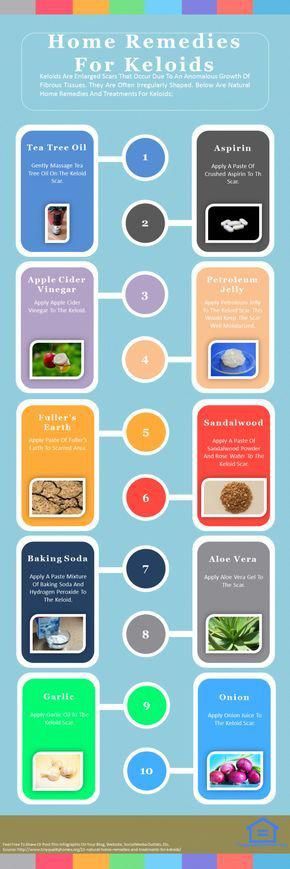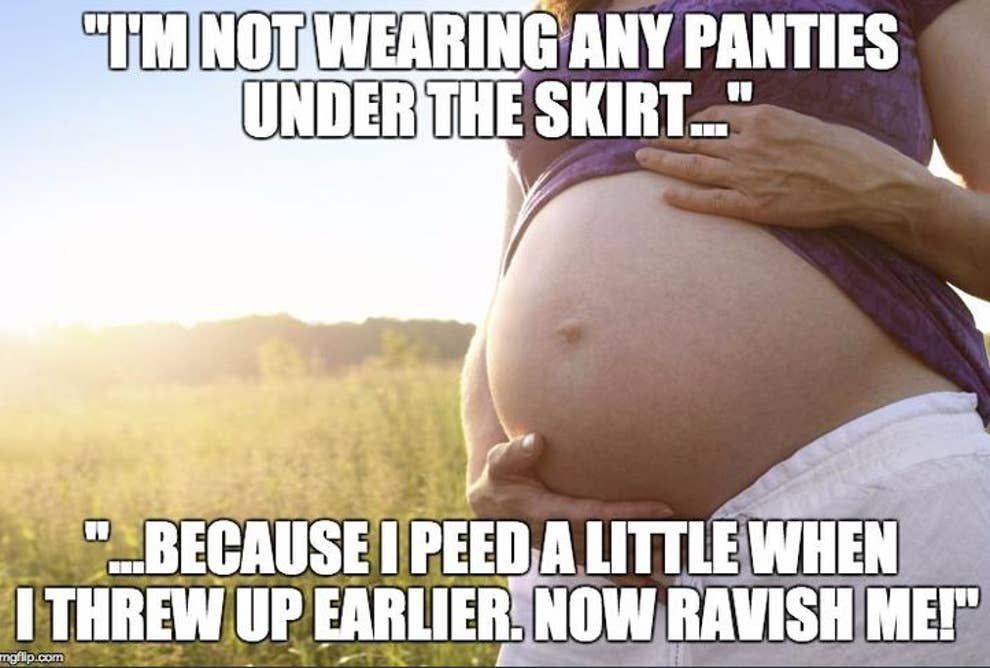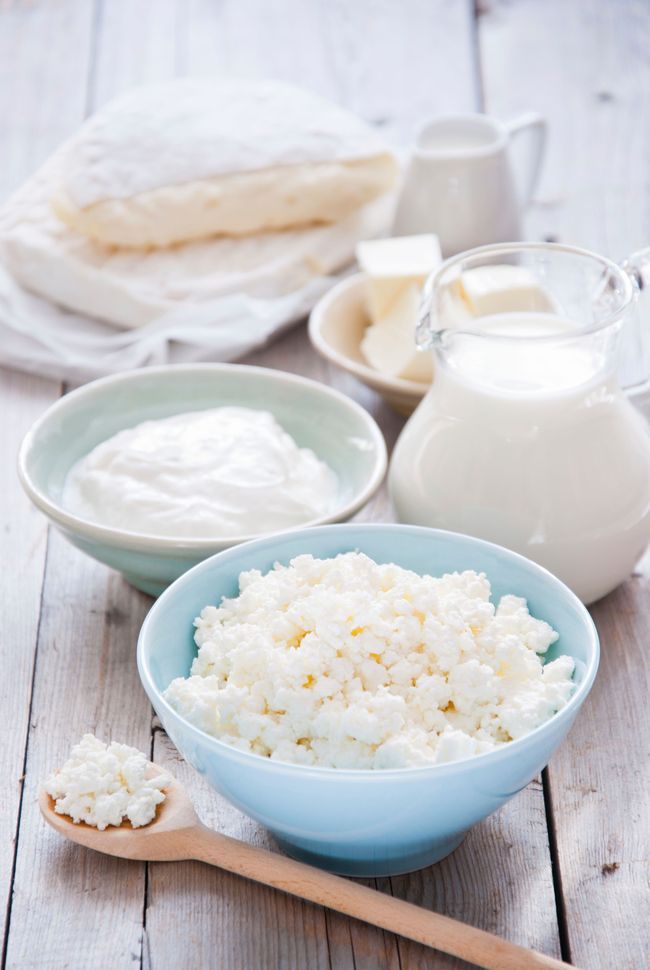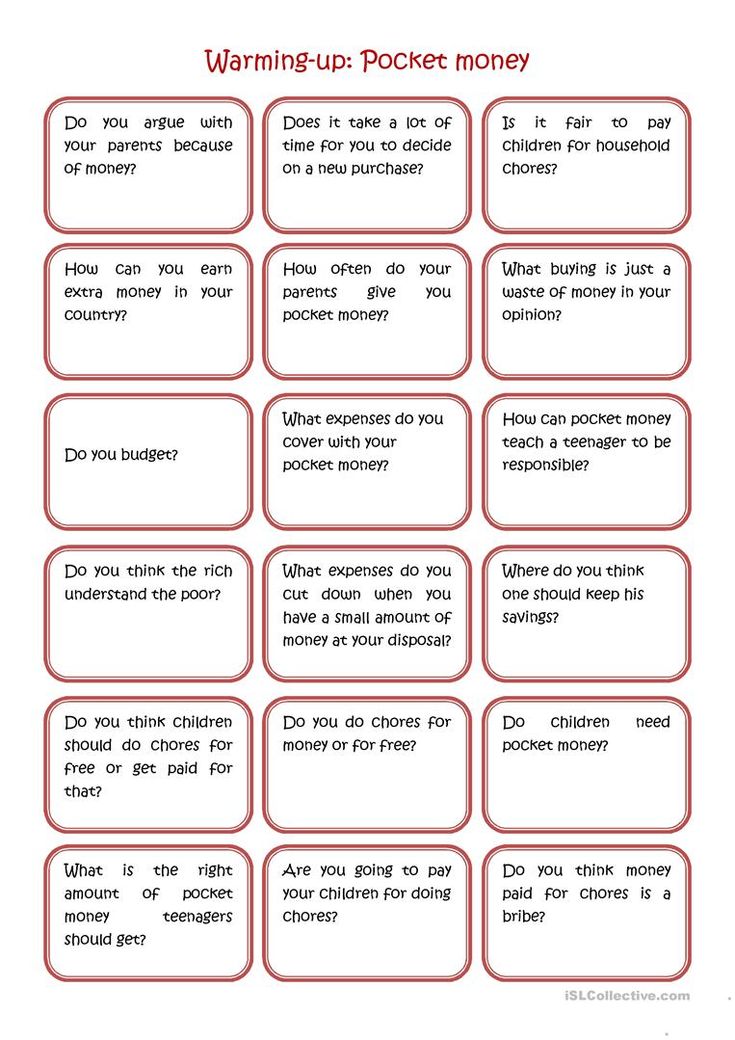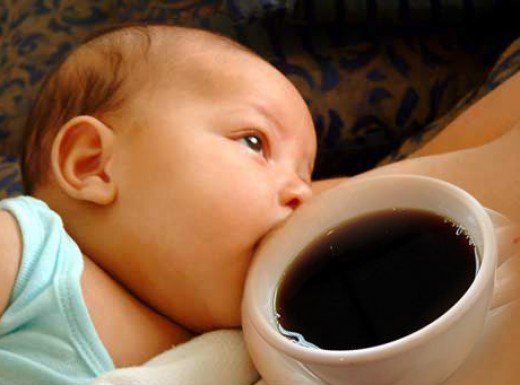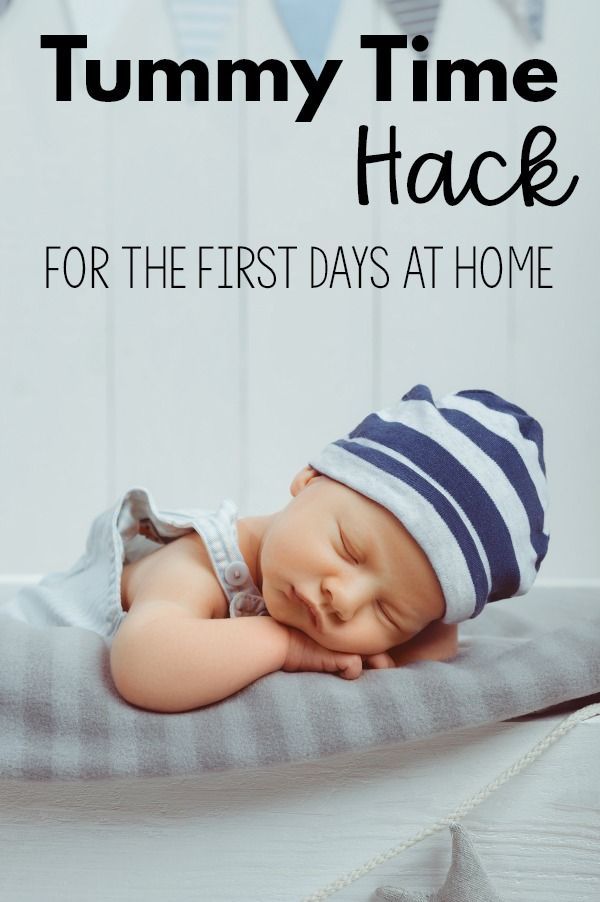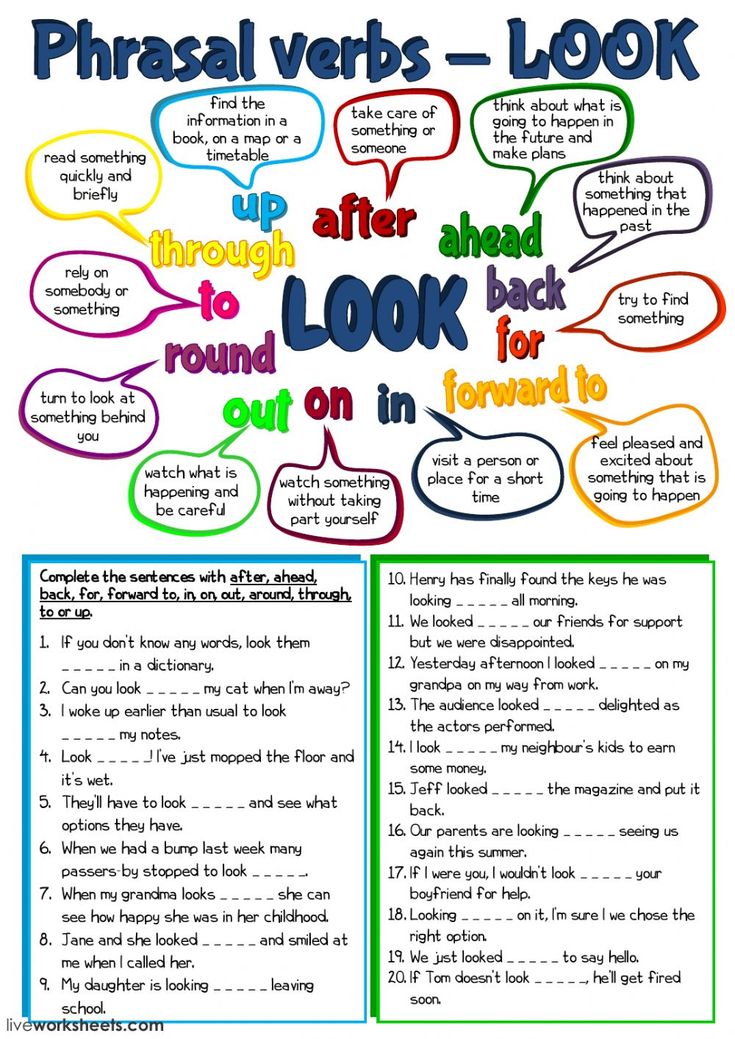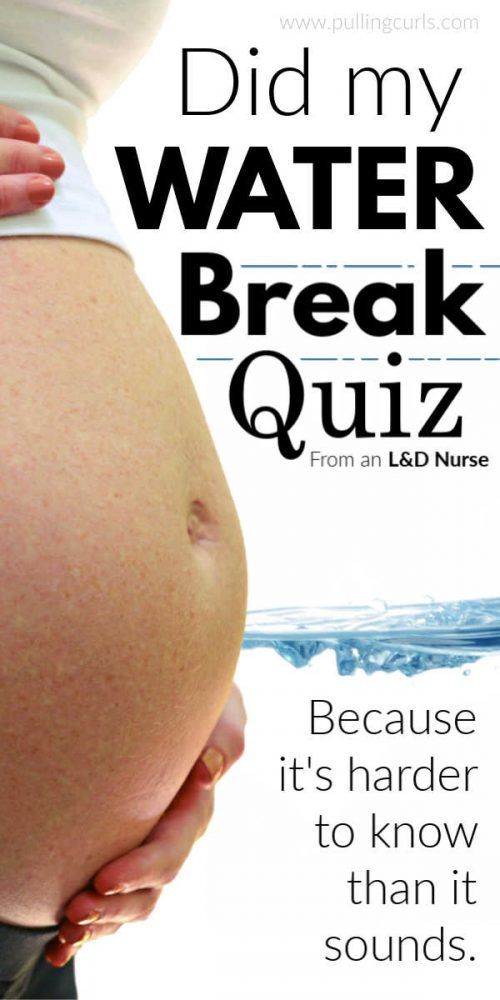Cracked bleeding nipples during breastfeeding
Nipple fissure: Cracked or bleeding nipples when breastfeeding
- Community
- Getting Pregnant
- Pregnancy
- Baby names
- Baby
- Toddler
- Child
- Health
- Family
- Courses
- Registry Builder
- Baby Products
Advertisement
Nipple fissures affect up to 90 percent of breastfeeding moms. They can be incredibly painful, lead to complications like engorgement and mastitis, and cause moms to stop breastfeeding before they're ready. There are many causes of cracked and bleeding nipples, but they're often due to a problem with how your baby latches on. If you're developing a nipple fissure, seek treatment from your doctor or a lactation consultant as soon as possible.
Photo credit: Thinkstock / iStock
What is nipple fissure?
Nipple fissures are painful cracks on the skin of the nipple. They often affect breastfeeding moms as their babies learn to nurse. Athletes – especially long-distance runners, as well as surfers and cyclists – also get nipple fissures.
A nipple fissure can happen to one or both breasts, and it may cause the nipple to be red, sore, dry, and chafed. The condition is often temporary and not severe, but it can make breastfeeding very uncomfortable as your baby latches on and sucks.
If it gets worse, your nipples may bleed or develop sores or scabbing. If you become reluctant to nurse or pump because of the pain, you may develop engorgement or mastitis, and the condition may affect your milk supply.
Are cracked or bleeding nipples common when breastfeeding?
Yes. Cracked or bleeding nipples are a common problem for breastfeeding moms. In fact, about 80 to 90 percent of breastfeeding women develop nipple fissures.
If it hurts when your baby latches on, work on getting a better breastfeeding latch right away. Sometimes a simple change in breastfeeding position or method is all you need to prevent nipple fissures from worsening.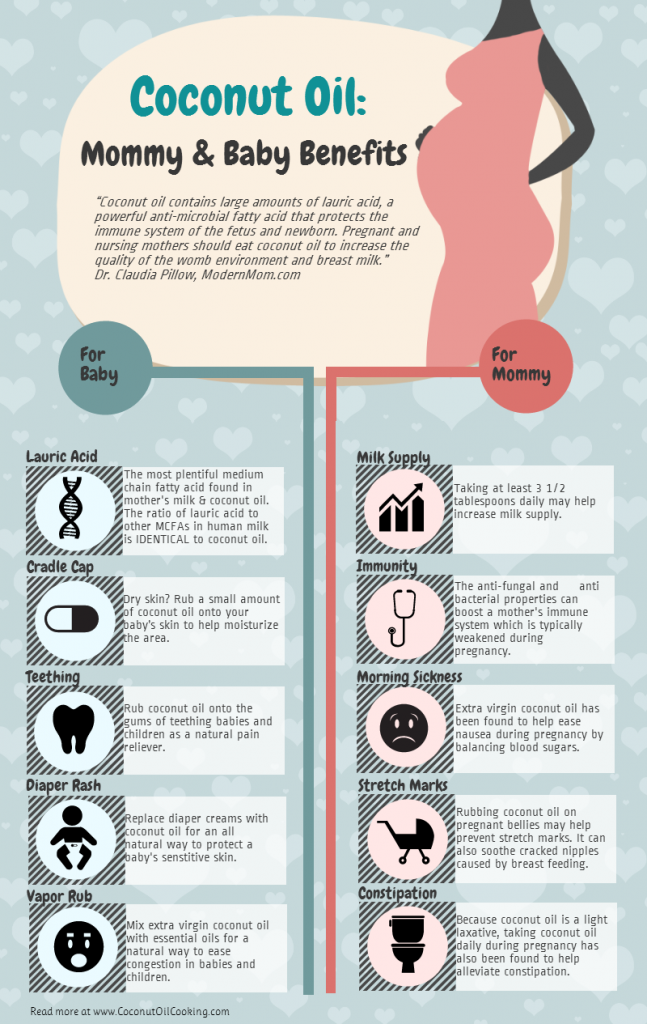 Your healthcare practitioner or a lactation consultant can help you figure out good adjustments to make.
Your healthcare practitioner or a lactation consultant can help you figure out good adjustments to make.
They can also help you figure out how to continue breastfeeding as you cope with this challenge. You may be able to breastfeed with cracked or bleeding nipples – but if this becomes too painful, you may need to stop breastfeeding and pump for a few days (or possibly longer) to let your nipples heal. Exclusive pumping is one way to give yourself a break.
Sometimes frequent pumping can make your nipples more sore, but a lactation consultant can show you how to pump so you can preserve your milk supply and avoid further nipple damage.
What causes nipple fissure?
The most common cause of nipple fissure in breastfeeding moms is a bad latch. When your baby doesn't get your nipple and areola far enough into their mouth, it can irritate your nipples, causing them to become painful and crack, bleed, or scab.
Ideally, your baby should have the whole nipple and part of the areola in their mouth. Especially when first learning to breastfeed, a baby might suck on just the nipple, which can cause damage.
Especially when first learning to breastfeed, a baby might suck on just the nipple, which can cause damage.
Advertisement | page continues below
Sometimes babies have a physical trait that makes latching correctly difficult for them. If your baby is tongue-tied, for example, they may have difficulty latching on and chomp and bite rather than suck in an effort to access your milk. Tongue-tie happens when the tissue connecting the tongue to the floor of the mouth is short or extends too far to the front of the tongue. If your baby's tongue appears heart-shaped when they cry, they may have a tongue-tie.
If you suspect your baby has a tongue-tie, work with a lactation consultant who can assess the situation and, if needed, help you find a specialist who can properly diagnose and treat the condition.
Babies with a high palate or the inability to open their mouths wide also sometimes have difficulty getting a deep latch and sucking effectively. Your baby's doctor or a lactation consultant can help you determine if this is the case for your baby.
Other common causes of nipple fissure in breastfeeding moms are:
- Nipple or breast problems: Flat or inverted nipples, swollen breasts and nipples (edema), and engorged breasts can all make it difficult for your baby to latch on properly. This can irritate your skin and cause your nipples to crack or bleed. If your breasts are very engorged, nipple tissue may stretch and crack, contributing to the problem.
- Breast pumps: Using a breast pump incorrectly (by setting the suction too high, for example) can hurt or damage your nipples, causing cracks or bleeding. Flanges that don't fit properly can also cause nipple irritation. Ask a lactation consultant to check that you're using your pump correctly and have the correct size of flanges.
- Thrush (yeast infection): Thrush can cause nipple pain and damage. Signs of thrush in breastfeeding moms include itchy, red, shiny, painful nipples (they may also be cracked) and shooting and/or burning pains in the breast during or after a feeding.
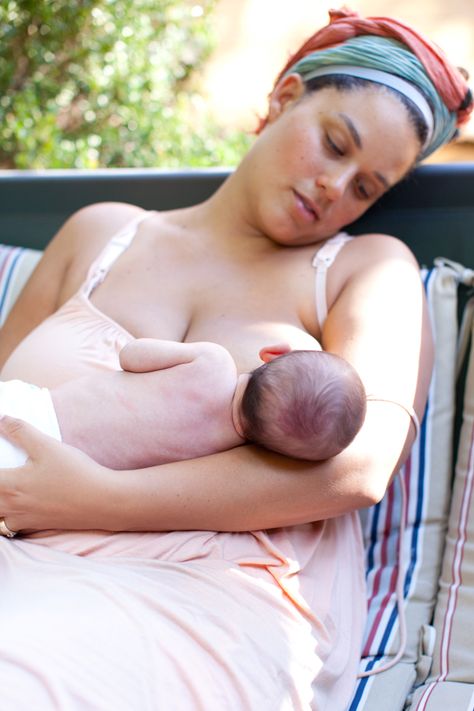
- Eczema: Your nipples can crack or bleed because of severe dry skin or eczema. Eczema can show up as scaly red patches of skin that may be itchy or painful. Some women develop eczema for the first time while pregnant.
Keep in mind that it's possible to suffer from more than one of these conditions at the same time.
What should I do if I have nipple fissures?
There are many at-home treatments for nipple fissures. Prompt treatment can reduce the pain, prevent more severe skin damage, and help you start healing.
While breastfeeding
- Check your baby's latch. The best latch position is off-center, with more of the areola below the nipple in your baby's mouth. One way to achieve this is to line up their nose with your nipple so their bottom gum is far away from the base of your nipple when they open their mouth. Once their mouth is open, hug them on quickly. (Bring your baby to your breast, not your breast to them.
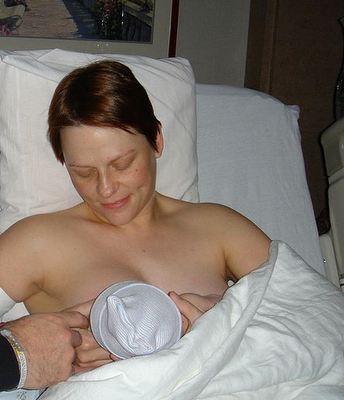 ) Your nipple should be far back in your baby's mouth.
) Your nipple should be far back in your baby's mouth. - Try different nursing positions. You may find that certain positions make it easier for your baby to latch on correctly and are much more comfortable. One analysis of a dozen studies concluded that women experienced less nipple pain and nipple trauma – and better latch position – in the laid-back position. Watch our breastfeeding positions video to see how it's done.
- Briefly apply a cold pack to numb the injured nipple area before nursing. Cold can help dull the pain, particularly during the initial latch, which tends to hurt the most.
- Breastfeed frequently. Nursing every two to three hours can help prevent engorged breasts. An engorged breast is harder for your baby to latch on to. This can result in a shallow latch, which can lead to nipple soreness, irritation, and cracking.
- Pump before nursing when engorged. If you have trouble with engorgement causing a shallow latch, it may help to pump for a minute or two (preferably using a hand pump, which is more gentle than an electric pump) before nursing to prepare the nipple for easier latching.
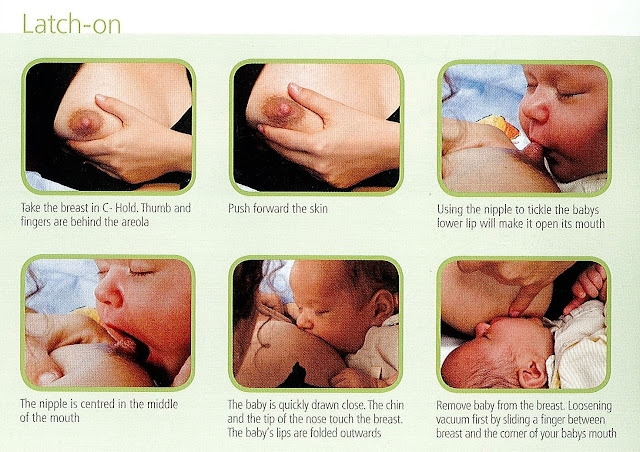
- If your breasts are engorged or your nipples are flat or inverted, try "reverse pressure softening." This involves applying gentle pressure with your fingers around the base of the nipple, which can help create a softer nipple and areola for your baby to grasp. Ask your lactation consultant to show you how to do this.
- Nurse on the less-injured side first, if you have one. Babies often nurse more gently on the second side since they're less hungry.
- Consider pumping on the injured side and breastfeeding on the other, if pumping is more comfortable than breastfeeding. You can give your breastfed baby a bottle with your pumped milk after they've finished nursing on one side.
- Exclusively pump until your nipples are healed. If it's too painful to nurse, but pumping is bearable, you can pump exclusively and bottle-feed your baby.
- Limit the duration of breastfeeding. Some babies will continue to suck even when they're not getting milk, which can irritate your nipples.
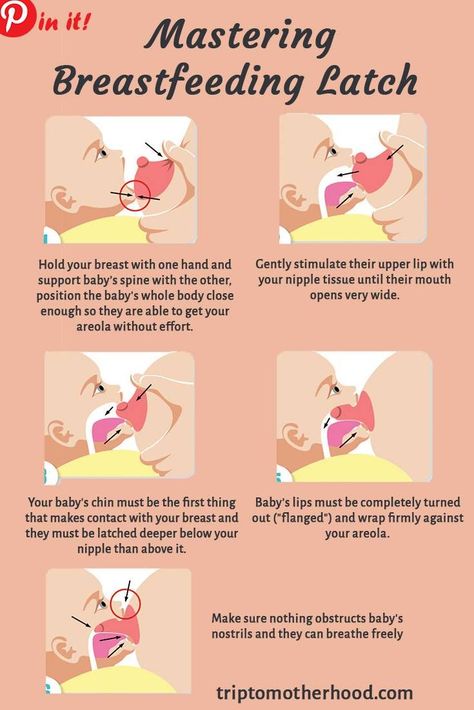 Listen for your baby swallowing, and when they're no longer swallowing, gently detach them from your breast.
Listen for your baby swallowing, and when they're no longer swallowing, gently detach them from your breast.
After breastfeeding
- Detach your baby gently. Normally, a baby will let go of a breast when they're finished feeding and no longer getting any milk. If they don't, or if you need to detach them yourself, insert your pinky into the corner of their mouth to break the suction, so you can pull them off your breast more easily.
- Clean your nipples gently. When you have a cracked or bleeding nipple, rinse the breast after each feeding with warm water, pat with a clean towel, and air dry. Once a day, use a gentle, mild soap to clean the wound, rinse well with water, and air dry. Don't use antibacterial soap or skincare products with alcohol or fragrances on your nipples, as these can be drying.
- Use a warm compress. You may find it soothing to hold a washcloth that's been dipped in warm water (and wrung out) on your sore nipples for a few minutes.
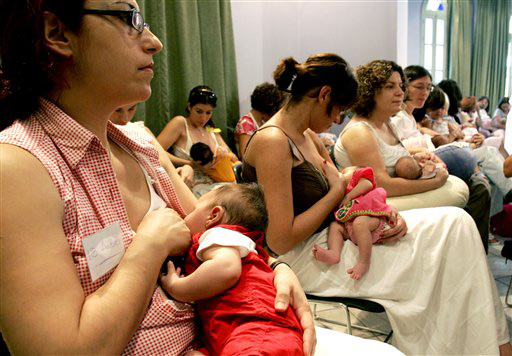 Pat your nipples dry afterwards.
Pat your nipples dry afterwards. - Use an antibacterial cream as prescribed. If you have an open wound, see your healthcare provider. They may recommend an over-the-counter antibacterial cream or give you a prescription. Some of these products need to be removed before nursing, but many don't unless your baby objects to the taste or odor.
- Try lanolin. Many nursing moms use lanolin for sore, cracked nipples. It's a fat made from sheep's wool, so don't use it if you have a sensitivity to wool. Also don't use it if you have a yeast infection (thrush) on your breast, as it can trap moisture and encourage yeast growth. Otherwise, commercial lanolin products made for nursing mothers (ultrapure modified lanolin) are perfectly safe to try. Use a small, pea-size amount, and apply with clean fingertips to the sore, injured area after each feeding and after taking a shower or bath. Gently pat it on: Don't rub it in. Lanolin doesn't need to be removed before you breastfeed your baby.
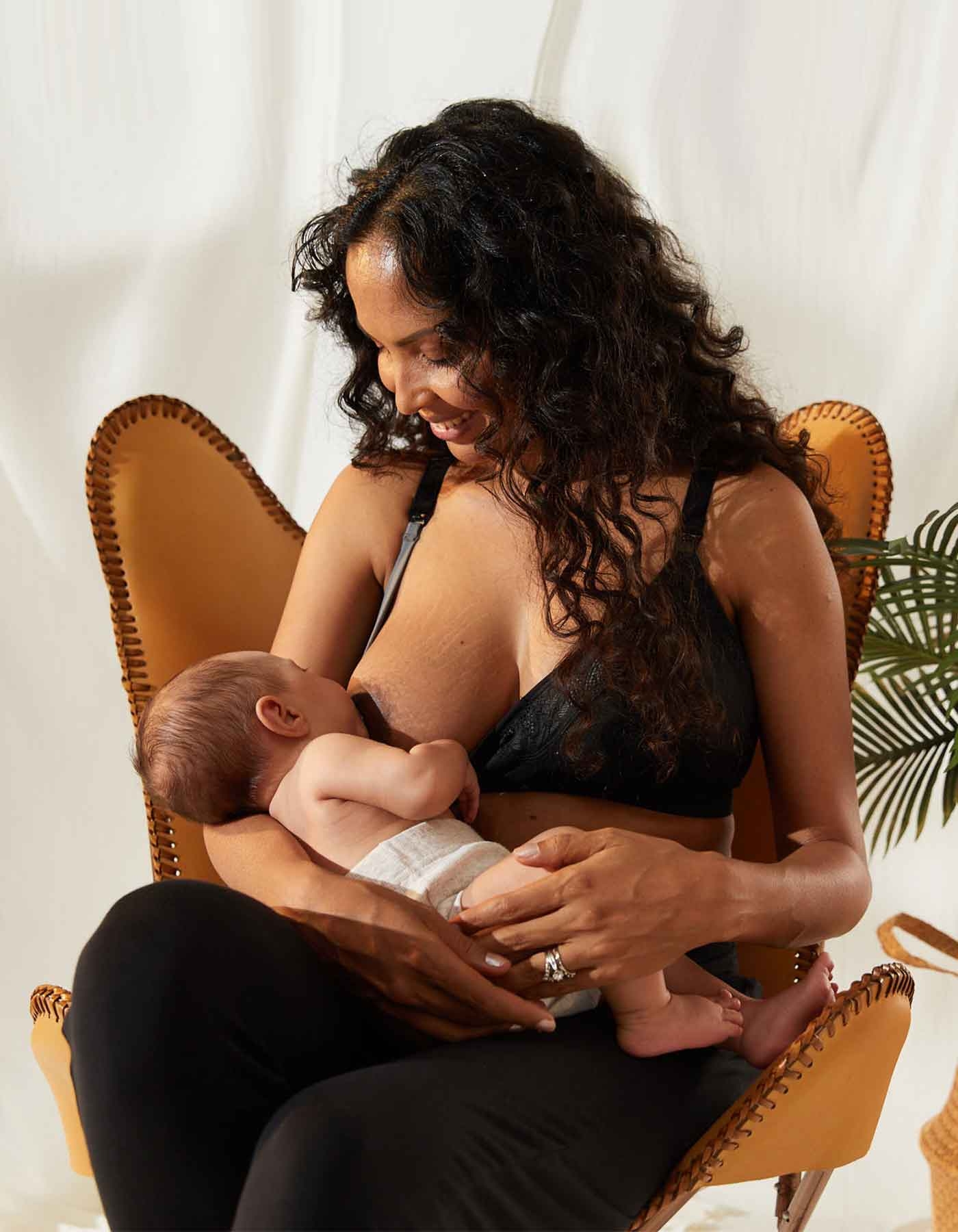
- Apply expressed milk to your nipples. Breast milk has healing properties that can ease irritation, and it doesn't need to be washed off before nursing. However, don't do this if your nipple soreness is due to thrush, because applying breast milk can encourage yeast growth.
- Try hydrogel dressings designed for nipple healing. These pads are soothing and speed healing. Try to avoid touching your nipple or areola before applying the pad (bacteria from your fingers can get trapped under the pad). Also, don't use them if you have a yeast infection or with other topical products, such as lanolin. For an added cooling effect, store the hydrogel pads in the refrigerator.
- Take painkillers. Take ibuprofen or acetaminophen about 30 minutes before nursing to help lessen pain. These medications are safe for breastfeeding moms to take in standard doses.
- Wear breast shells. Sometimes your nipples can become so sore that you can't bear the pressure of wearing a bra, or a scab sticks to your bra and is painfully yanked off.
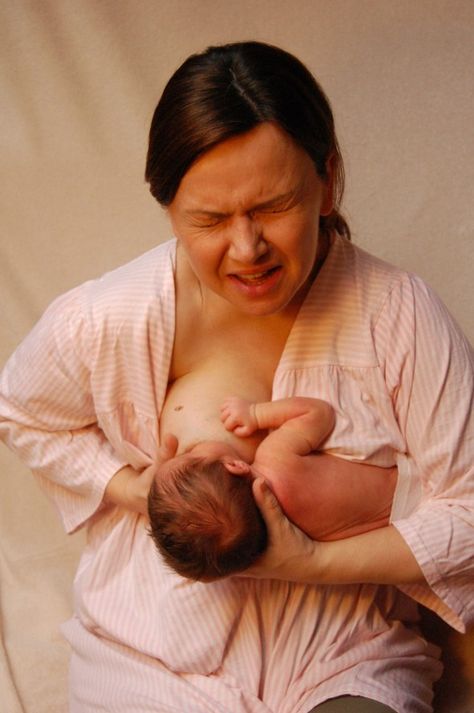 In this case, try wearing a plastic breast shell inside your bra to create a space between your breast and the bra. Don't use breast shells if your breasts are engorged, however. Wearing them against an engorged breast could impede milk flow and lead to plugged ducts. Also, be sure to wash breast shells between wearings.
In this case, try wearing a plastic breast shell inside your bra to create a space between your breast and the bra. Don't use breast shells if your breasts are engorged, however. Wearing them against an engorged breast could impede milk flow and lead to plugged ducts. Also, be sure to wash breast shells between wearings. - Pay attention to your nursing bras. To prevent skin irritation from your nursing bras, buy ones that are comfortable, made from natural fabrics, and fit well. Make sure they're not too tight and they don't have seams that rub. Avoid underwire bras. Wash your nursing bras frequently with unscented laundry detergent and rinse well.
- Change nursing pads often if you use them, since damp nipples can invite infection. Use nursing pads that are 100-percent cotton.
- Avoid soaps and detergents with fragrances and chemicals. These can be irritating, so choose fragrance-free products.
- Consider LED therapy.
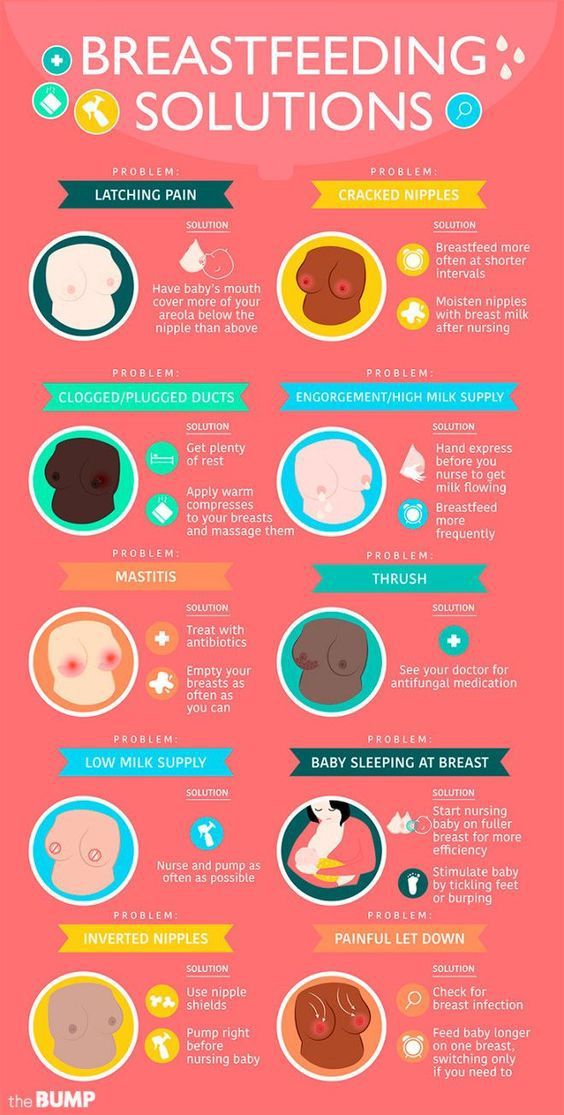 There's some evidence that light-emitting diode therapy is useful in treating nipple fissures. It has anti-inflammatory properties and helps with tissue healing and pain control. LED therapy isn't painful or invasive and has no side effects. If you're interested, ask your healthcare provider for a referral to a practitioner who offers this.
There's some evidence that light-emitting diode therapy is useful in treating nipple fissures. It has anti-inflammatory properties and helps with tissue healing and pain control. LED therapy isn't painful or invasive and has no side effects. If you're interested, ask your healthcare provider for a referral to a practitioner who offers this. - Keep things clean. Bacteria can easily enter cracked, delicate skin. To prevent infection, be diligent about washing your hands before touching your cracked or bleeding nipples. Scrub your hands for 20 seconds with soap and warm water before expressing milk or applying expressed milk, lanolin, creams, or hydrogel pads to your breasts.
When should I call the doctor for cracked or bleeding nipples?
Cracked or bleeding nipples can lead to infection, and painful breastfeeding is often associated with both early weaning and postpartum depression. Don't hesitate to check with your healthcare practitioner if:
- A cracked nipple is still painful and/or has a bloody discharge after 24 hours
- You notice fever, inflammation, oozing, pus, a very tender blister, or other signs of infection
- Your nipple and/or areola is shiny or flaky, or your nipple is burning
- You have nipple pain that radiates to the breast
- Cracked or bleeding nipples – and the accompanying pain – are interfering with breastfeeding.
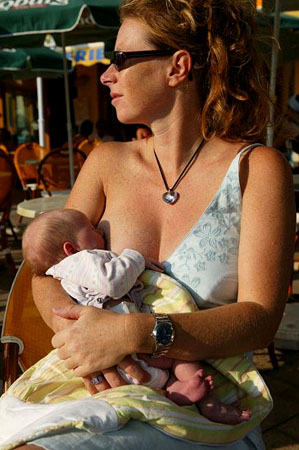
Is it safe for my baby to breastfeed if my nipples are cracked or bleeding?
Yes. Your baby may swallow some blood and you may see it come out in their diaper, but it won't do them any harm. If you pump, you may notice that your breast milk has a pink tinge to it. This is due to blood from your cracked nipples, and it won't harm your baby.
Don't nurse until your nipples heal, though, if you have:
- Hepatitis C: If you have cracked or bleeding nipples, stop nursing temporarily, because until you receive treatment the virus can be passed through infected blood.
- Toxoplasmosis: Theoretically it's possible the parasite could pass to your baby through breastfeeding if you have cracked or bleeding nipples during the week or two after you get infected.
To keep your milk supply up in these cases, you can "pump and dump" – pump and discard the expressed milk.
Painful nipples are only one of the glitches you may encounter while breastfeeding.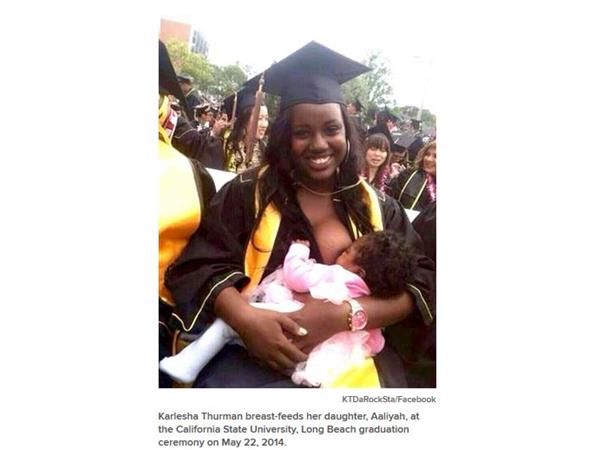 Read more about other nursing problems and solutions, from leaking breasts to an overabundant or dwindling milk supply.
Read more about other nursing problems and solutions, from leaking breasts to an overabundant or dwindling milk supply.
Was this article helpful?
Yes
No
Karen Miles
Karen Miles is a writer and an expert on pregnancy and parenting who has contributed to BabyCenter for more than 20 years. She's passionate about bringing up-to-date, useful information to parents so they can make good decisions for their families. Her favorite gig of all is being "Mama Karen" to four grown children and "Nana" to nine grandkids.
Sore, cracked or bleeding nipples
Sore, cracked or bleeding nipples | Pregnancy Birth and Baby beginning of content4-minute read
Listen
Sore, cracked or bleeding nipples are common. Some mothers have such trouble with them that they stop breastfeeding early.
As a new mother, you may find it could take a few days or weeks to adapt to the strong suck of a healthy baby on your breasts.
It is normal for your breasts to become more sensitive in the first weeks after you have given birth. They may sting, burn, ache or feel tender. Over time, the discomfort and sensitivity should resolve.
If you have sore nipples, it may be that your baby isn’t attaching properly to your breast. This pain usually lasts about half a minute while baby first draws your nipple into their mouth.
Try to make sure your baby’s mouth is attached correctly for suckling from the very first breastfeed.
If you do not correct your baby’s latch, your nipples could be damaged, which causes problems like mastitis (infections).
How to get baby to attach to your breast correctly
- Make sure you are sitting or lying comfortably. Position your baby’s chest against your chest, with their mouth and nose facing your nipple.
- If you are lying down, let your baby’s cheek rest against your breast.
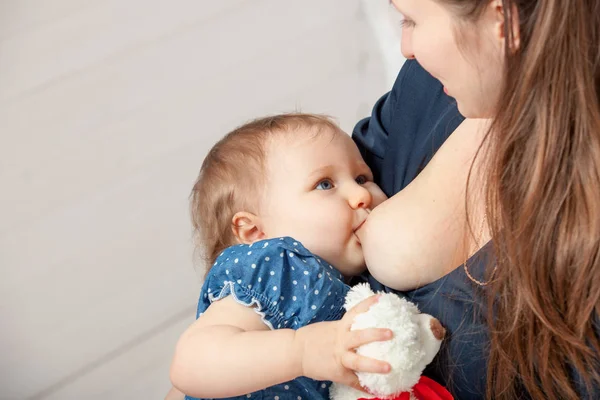 If you are sitting up, lift your breast slightly so it does not press on your baby’s chin.
If you are sitting up, lift your breast slightly so it does not press on your baby’s chin. - Position your baby so the first contact point is their chin on your areola — the coloured area around your nipple.
- Bring your baby’s head to your breast, not the breast to baby’s head. Support your baby to move to where they are trying to go — towards your nipple.
- Ensure the nipple and much (or all) of the areola and some surrounding breast are in your baby’s mouth.
After a few rapid gulps, your baby should start to suck and swallow in a regular rhythm. Once you have got the hang of it, breastfeeding can be enjoyable and should not be painful.
How to manage sore nipples
Before putting baby to the breast
Wash your hands and sit in a comfortable position and try to relax. Apply a warm washer to the breast and gently massage or express to help milk flow. Express some milk to soften the areola to lubricate the nipple.
At the breast
Poor attachment is a key cause of sore nipples.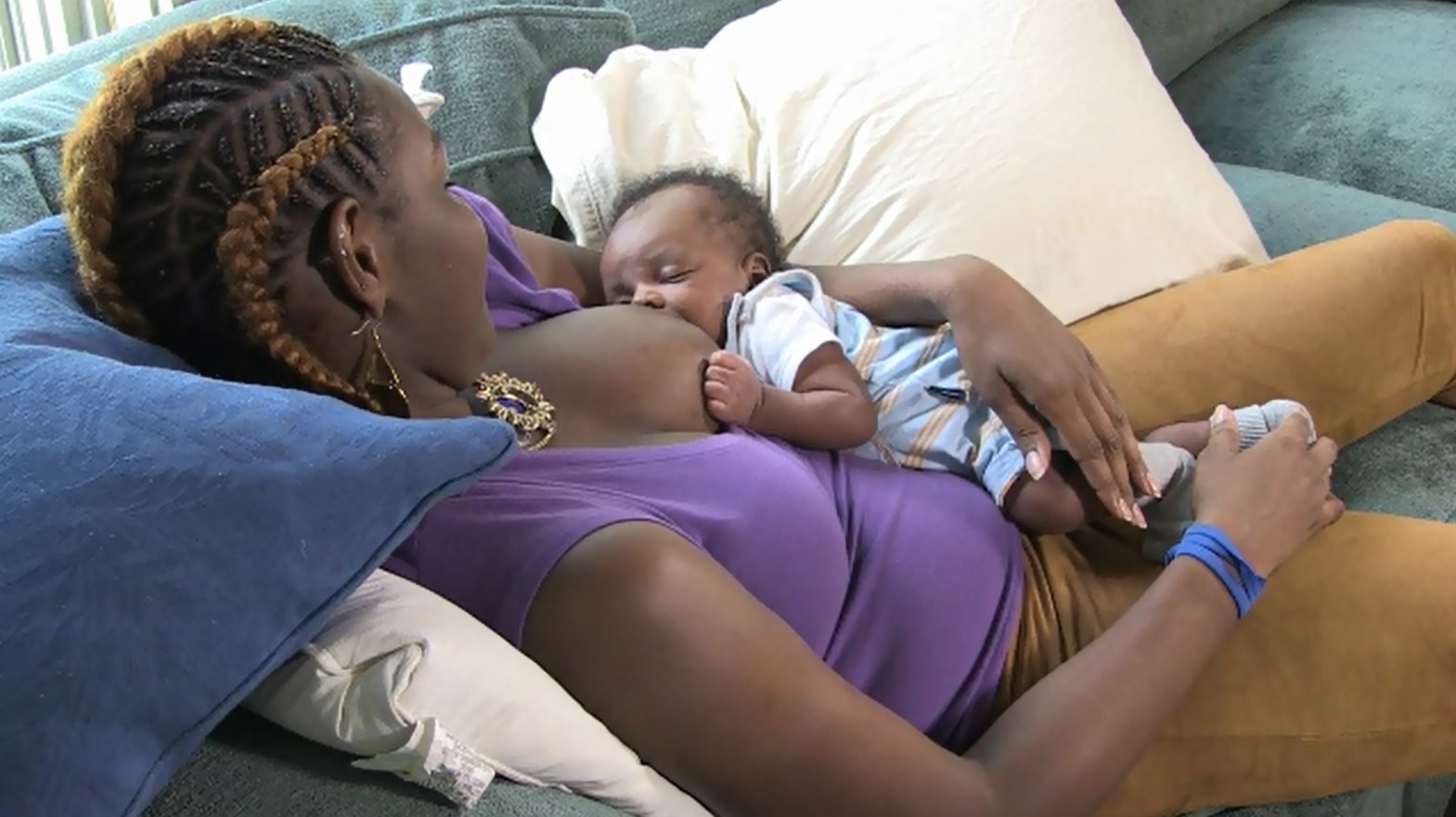 Make sure the way your baby latches to your breast is correct. If you are not sure, ask for help from a health professional.
Make sure the way your baby latches to your breast is correct. If you are not sure, ask for help from a health professional.
If the attachment feels uncomfortable after 30 seconds, break your baby’s suction by putting your finger in the corner of their mouth. Take your baby off and let them re-latch to your breast. Try different feeding positions. If your nipples are tender, limit your baby’s comfort sucking.
After the breastfeed
Check your nipples for redness and misshapen appearance. Wipe your breasts with clean water and let them dry. It can help to leave your bra off for a while and allow your nipples to air. Make sure your bra fits.
When expressing milk, make sure that the suction on your breast pump is not too strong. If the pain in your nipples increases after the first week, talk to a health professional.
Finding the cause of cracked or bleeding nipples
You will need to work out the source of your nipple problems. The first thing to do is to check if your baby is latching on correctly.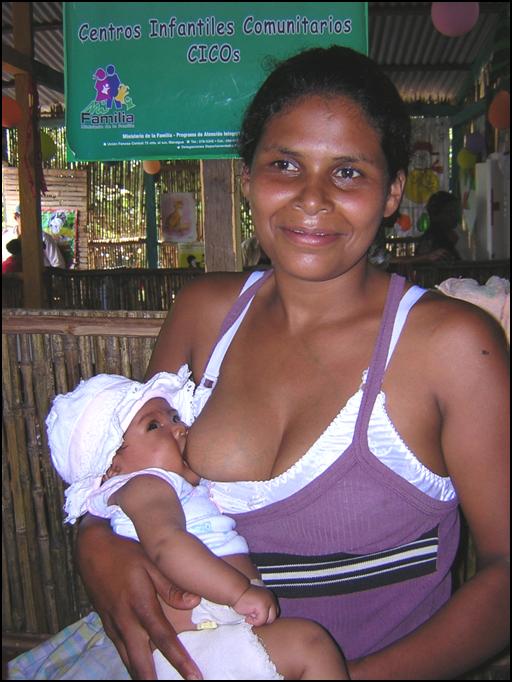 You may need to ask a health professional for assistance. They can also check your baby for problems with their lips and tongue and whether you have medical problems like dermatitis or nipple infection. If you use a nipple shield, make sure it is the correct size and if you’re using a breast pump, make sure you’re doing it properly.
You may need to ask a health professional for assistance. They can also check your baby for problems with their lips and tongue and whether you have medical problems like dermatitis or nipple infection. If you use a nipple shield, make sure it is the correct size and if you’re using a breast pump, make sure you’re doing it properly.
How to treat cracked or bleeding nipples
There are a number of things you can do to treat cracked or bleeding nipples.
- Look after your nipples: wash your nipples with water after every feed and clean and sterilise your nipple shield after each feed.
- If you can, continue breastfeeding (it is quite safe for baby to feed on a bleeding nipple). But if it’s too painful, you may need to take your baby off the breast for 24 to 48 hours, rest the nipple and feed your baby expressed breast milk. Gradually reintroduce the breast after resting for a short time and take special care with positioning and attachment.
- If you’re going to take pain-relieving medication, talk to your doctor or pharmacist.
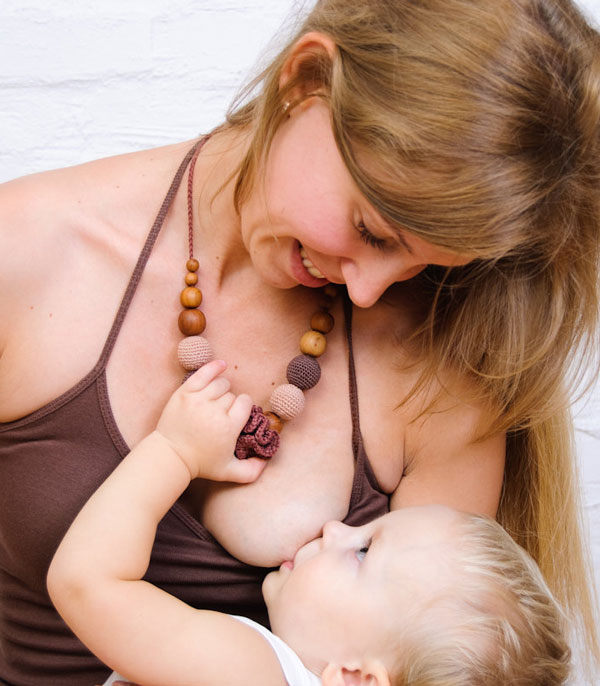 Many household remedies are ineffective or harmful.
Many household remedies are ineffective or harmful.
The Australian Breastfeeding Association has more tips on treating sore or cracked nipples.
If you need further help or are experiencing prolonged abnormal breast pain, contact your doctor, lactation consultant, breast feeding counsellor, child health nurse or Pregnancy Birth and Baby on 1800 882 436.
Sources:
Australian Breastfeeding Association (Sore/cracked nipples), Australian Breastfeeding Association (Mastitis), Australian Breastfeeding Association (Attachment to the breast), Raising Children Network (Breastfeeding attachment techniques), Tresillian (Breastfeeding 0-3 months)Learn more here about the development and quality assurance of healthdirect content.
Last reviewed: December 2020
Back To Top
Related pages
- Expressing and storing breast milk
- Breastfeeding your baby
Need more information?
Breastfeeding – mastitis and other nipple and breast problems - Better Health Channel
Mastitis affects some breastfeeding women and may be caused by blocked milk ducts or a bacterial infection.
Read more on Better Health Channel website
Breastfeeding | Sydney Children's Hospitals Network
Breastfeeding is not always easy and you may have trouble breastfeeding your baby
Read more on Sydney Children's Hospitals Network website
Breastfeeding Advice For Newborn Babies | Tresillian
When establishing breastfeeding good positioning and attachment are key. Here are some tips from Tresillian to help your breastfeed your newborn.
Read more on Tresillian website
Breastfeeding - expressing breastmilk - Better Health Channel
Expressing breast milk by hand is a cheap and convenient method.
Read more on Better Health Channel website
Vasospasm and breastfeeding
Vasospasm affects the flow of milk from the nipple and can be a painful condition for women breastfeeding.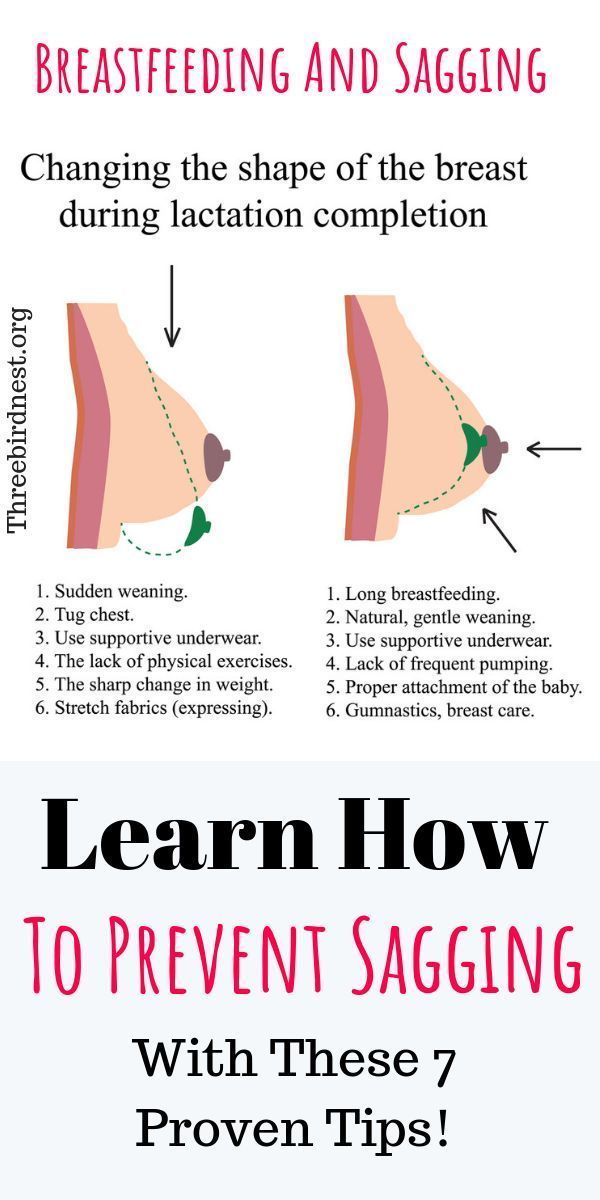 Learn about vasospasm and how to relieve the pain.
Learn about vasospasm and how to relieve the pain.
Read more on Pregnancy, Birth & Baby website
Breast milk expressing - MyDr.com.au
There are a number of reasons why a breast feeding mother might wish to express milk rather than feeding the baby directly from the breast.
Read more on myDr website
Breastfeeding
Breastfeeding is learnt over the first weeks and months of your child’s life. It is a unique and special experience for families as no two mothers or babies are the same.
Read more on Karitane website
Breastfeeding challenges - Ngala
Many new mothers experience breastfeeding challenges
Read more on Ngala website
Breastfeeding your baby
Breastfeeding is the most natural way to feed your baby, providing all the nutrition your baby needs during the first six months of life and a loving bond with your baby.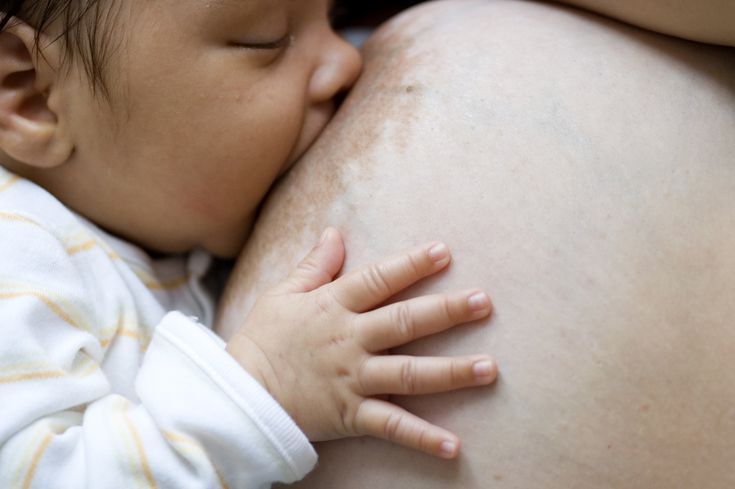
Read more on Pregnancy, Birth & Baby website
Common breastfeeding issues | Health and wellbeing | Queensland Government
Learn about common problems and solutions to help you establish breastfeeding.
Read more on Queensland Health website
Disclaimer
Pregnancy, Birth and Baby is not responsible for the content and advertising on the external website you are now entering.
OKNeed further advice or guidance from our maternal child health nurses?
1800 882 436
Video call
- Contact us
- About us
- A-Z topics
- Symptom Checker
- Service Finder
- Linking to us
- Information partners
- Terms of use
- Privacy
Pregnancy, Birth and Baby is funded by the Australian Government and operated by Healthdirect Australia.
Pregnancy, Birth and Baby is provided on behalf of the Department of Health
Pregnancy, Birth and Baby’s information and advice are developed and managed within a rigorous clinical governance framework. This website is certified by the Health On The Net (HON) foundation, the standard for trustworthy health information.
This site is protected by reCAPTCHA and the Google Privacy Policy and Terms of Service apply.
This information is for your general information and use only and is not intended to be used as medical advice and should not be used to diagnose, treat, cure or prevent any medical condition, nor should it be used for therapeutic purposes.
The information is not a substitute for independent professional advice and should not be used as an alternative to professional health care. If you have a particular medical problem, please consult a healthcare professional.
Except as permitted under the Copyright Act 1968, this publication or any part of it may not be reproduced, altered, adapted, stored and/or distributed in any form or by any means without the prior written permission of Healthdirect Australia.
Support this browser is being discontinued for Pregnancy, Birth and Baby
Support for this browser is being discontinued for this site
- Internet Explorer 11 and lower
We currently support Microsoft Edge, Chrome, Firefox and Safari. For more information, please visit the links below:
- Chrome by Google
- Firefox by Mozilla
- Microsoft Edge
- Safari by Apple
You are welcome to continue browsing this site with this browser. Some features, tools or interaction may not work correctly.
Cracked nipples | Medela
Amir, L.H. ABM Clinical Protocol #4: Mastitis, Revised March 2014. Breastfeed Med 9, 239–243 (2014). - Amir L.Kh., "AVM Clinical Protocol #4: Mastitis", revised March 2014 Brestfeed Med 9 (Breastfeeding Medicine) 239–243 (2014).
Jacobs, A. et al. S3-Guidelines for the Treatment of Inflammatory Breast Disease during the Lactation Period: AWMF Guidelines, Registry No. 015/071 (short version) AWMF Leitlinien-Register Nr. 015/071 (Kurzfassung). Geburtshilfe Frauenheilkd . 73, 1202–1208 (2013). - Jacobs A. et al., "Recommendations S -3 for the management of inflammatory breast disease during breastfeeding: guidelines AWMF , registration number 015/071 (abbreviated version)" Leitlinjen- Registration number 015/071 (Kurzfassung). Geburtschilde Frauenheilkd. 73, 1202–1208 (2013).
et al. S3-Guidelines for the Treatment of Inflammatory Breast Disease during the Lactation Period: AWMF Guidelines, Registry No. 015/071 (short version) AWMF Leitlinien-Register Nr. 015/071 (Kurzfassung). Geburtshilfe Frauenheilkd . 73, 1202–1208 (2013). - Jacobs A. et al., "Recommendations S -3 for the management of inflammatory breast disease during breastfeeding: guidelines AWMF , registration number 015/071 (abbreviated version)" Leitlinjen- Registration number 015/071 (Kurzfassung). Geburtschilde Frauenheilkd. 73, 1202–1208 (2013).
American Academy of Pediatrics and The American College of Obstetricians and Gynecologists. Breastfeeding handbook for physicians 2006). - American Academy of Pediatrics and American College of Obstetrics and Gynecology. "Medical Guide to Breastfeeding", 2006.
Lawrence , R .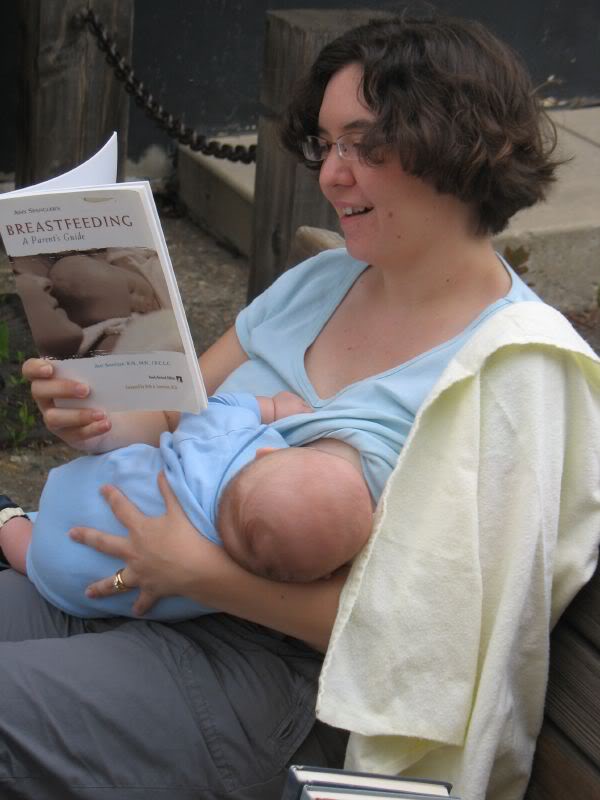 A . & nine0004 Lawrence , R . M . Breastfeeding : a guide for the medical profession ( Elsevier Mosby , Maryland Heights , MO , 2011). - Lawrence R.A., Lawrence R.M., "Breastfeeding: A guide for healthcare professionals." (Publisher Maryland Heights , Missouri, USA: Elsevier Mosby; 2011.)
A . & nine0004 Lawrence , R . M . Breastfeeding : a guide for the medical profession ( Elsevier Mosby , Maryland Heights , MO , 2011). - Lawrence R.A., Lawrence R.M., "Breastfeeding: A guide for healthcare professionals." (Publisher Maryland Heights , Missouri, USA: Elsevier Mosby; 2011.)
McClellan, H.L. et al. Infants of mothers with persistent nipple pain exert strong sucking vacuums. Paediatica 97, 1205–1209 (2008). — McClellan H.L. et al., "Babies of mothers suffering from persistent nipple pain create extremely high sucking vacuums." nine0004 Pediatrics 97, 1205–1209 (2008).
McClellan, H.L. et al. Breastfeeding frequency, milk volume, and duration in mother-infant dyads with persistent nipple pain. Breastfeed Med 7, 275–281 (2012). — McClellan H.L. et al., "Breastfeeding frequency, milk quantity and duration of feedings in case of persistent sore nipples in the mother", Brestfeed Med (Breastfeeding Medicine) 7, 275–281 (2012). nine0004
McClellan, H.L. et al. Nipple pain during breastfeeding with or without visible trauma. J Hum Lact 28, 511–521 (2012). — McClellan H.L. et al., "Nipple pain during breastfeeding with or without visible lesions." J Hum Lakt (Journal of the International Association of Lactation Consultants" 28, 511–521 (2012).
Hale, T.W., & Rowe H.E., Medications and mothers' Milk 2014 (Hale Publishing, Plano, 2014). - Hale T . and Row X . and ., " medicinal Preparations in Maternal milk ". Publishing Hale
and ., " medicinal Preparations in Maternal milk ". Publishing Hale
Nipple fissure - health articles
11/10/2022
Nipple fissure - defect, damage to the integrity of the skin on the nipples of the mammary glands. It is manifested by a sharp soreness with irradiation to the shoulder blade when feeding a child. It can be complicated by infection of wounds, the development of candidiasis on the nipple, mastitis. If cracks become infected, there is a risk of infection of the child during feeding.
Treatment of cracked nipples begins with the elimination of their cause. In parallel, they carry out the prevention of their infection, use means that promote the speedy healing. nine0011
Causes
The main reason for the appearance of cracks is the lack of breastfeeding during feeding.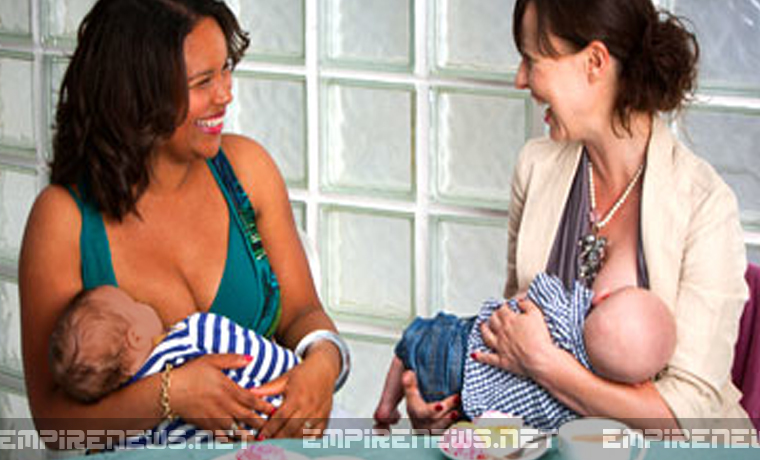 When properly applied to the breast, the nipple rests against the baby's palate in a fixed motionless position, the child squeezes the areola with its jaws, contributing to the outflow of milk. In this case, the lower lip of the child is tucked up. If the nipple is not inserted to the proper depth, then it ends up on the tongue, gaining mobility, the lower lip injures the nipple and areola, and the jaws compress the breast in the most sensitive and easily damaged place. As a result of constant irritation of the nipple and areola areas, damage to the skin occurs - cracks form. nine0011
When properly applied to the breast, the nipple rests against the baby's palate in a fixed motionless position, the child squeezes the areola with its jaws, contributing to the outflow of milk. In this case, the lower lip of the child is tucked up. If the nipple is not inserted to the proper depth, then it ends up on the tongue, gaining mobility, the lower lip injures the nipple and areola, and the jaws compress the breast in the most sensitive and easily damaged place. As a result of constant irritation of the nipple and areola areas, damage to the skin occurs - cracks form. nine0011
The second most common cause of cracked nipples can be improper weaning. Often, when feeding, mothers do not support the child's head, and also place his stomach not towards himself, but up. As a result, at the end of feeding, the child turns away from the breast, pinching the nipple in the jaws. There is pressure on areas of the nipple that are not intended for this.
Another common cause is washing your nipples too often.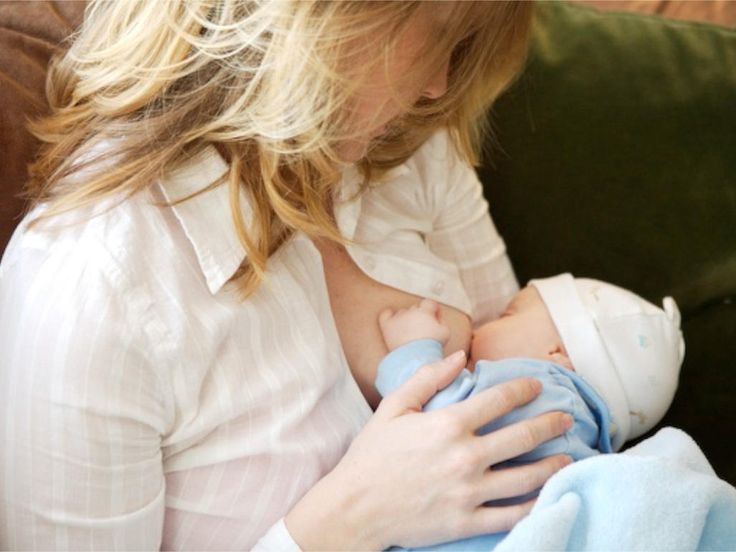 Modern medicine does not support the need to wash the breast after each feeding. With frequent washing, the nipples are washed off their natural lubricant, which is secreted by special glands in the skin of the areola (Montgomery's glands) and the nipples lose one of their natural protective mechanisms. nine0011
Modern medicine does not support the need to wash the breast after each feeding. With frequent washing, the nipples are washed off their natural lubricant, which is secreted by special glands in the skin of the areola (Montgomery's glands) and the nipples lose one of their natural protective mechanisms. nine0011
Fissures can also develop when feeding older children as a result of bites from erupted teeth.
The development of thrush contributes to the occurrence of cracked nipples.
Symptoms
Symptoms that may appear both in the early periods of feeding and later:
- single or multiple lesions of the skin of the breast, nipples and areals;
- superficial cracks that will show up on contact with underwear; nine0260
- subcutaneous fissures, characterized by severe pain;
- bleeding;
- slight suppuration;
- increased sensitivity and soreness of the nipples;
- Excessively dry skin around the nipples and areolas.
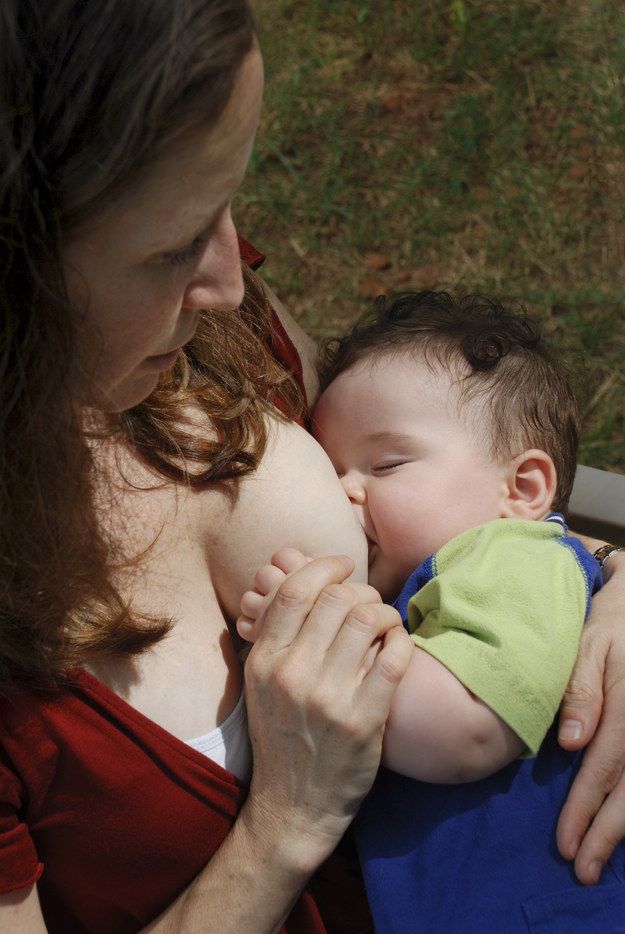
Even if you notice that at least one of the above symptoms appears from time to time and then disappears, this can also be an important signal of a possible infection or the presence of some other disease. nine0011
Treatment of cracked nipples
If it is a small cracked nipple, treatment can be started at home. The first step is to prevent infection. Change your underwear every day, iron your bra after washing with a hot iron. Put disposable sterile pads inside the bra and change them when they become damp.
Do not wash your breasts after each feeding, so as not to violate the natural protection. Mother's milk itself is a good antiseptic, so it can be used as a cream for cracked nipples, squeezing a few drops after feeding. Be sure to let the milk dry, hold your chest open for a few minutes. nine0011
Previously, when nipple cracks appeared, treatment was started with brilliant green. You should not do this, as it has been proven that brilliant green is quite toxic.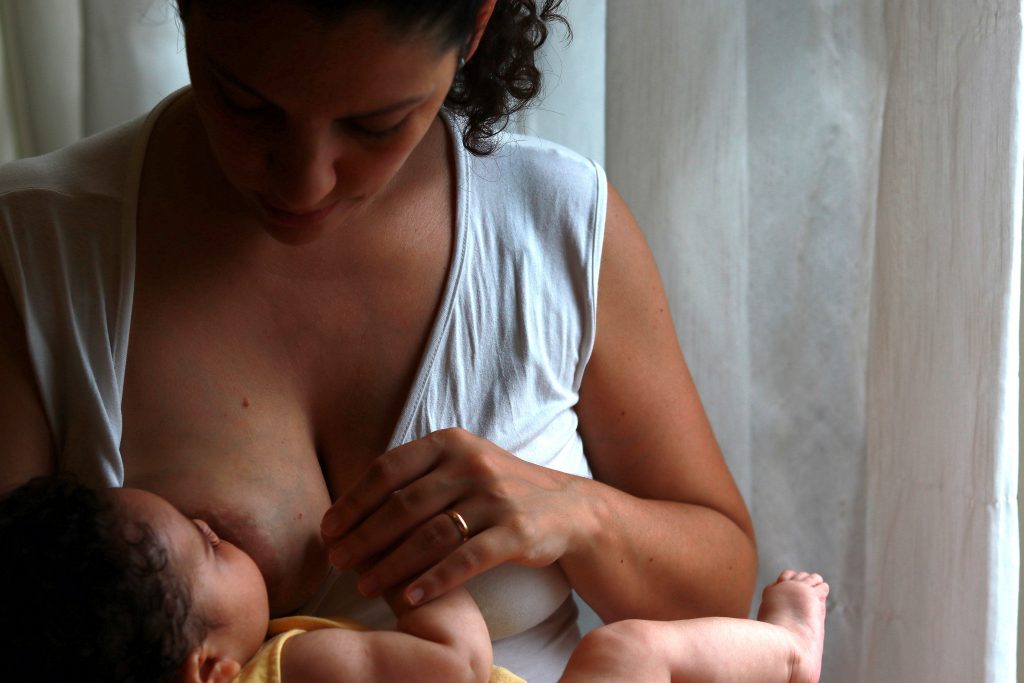 It is better to use a methylene blue aqueous or alcohol solution as an antiseptic, this antiseptic will also serve to prevent thrush in a child. It should be noted that antiseptics cannot solve the problem of how to treat nipple cracks, they only prevent infection.
It is better to use a methylene blue aqueous or alcohol solution as an antiseptic, this antiseptic will also serve to prevent thrush in a child. It should be noted that antiseptics cannot solve the problem of how to treat nipple cracks, they only prevent infection.
Cracked nipples can be lubricated with castor oil to soften the skin and heal quickly. It can be replaced with sea buckthorn or rosehip oil. Oil is applied to cracked nipples after feeding. Be sure to wait until it dries, and only then put on a bra. nine0011
Compresses for cracked nipples can be made from butter and applesauce. Apples need to be rubbed on a grater, add butter to them in a ratio of 1: 1 and attach to the chest. Hold the compress for 2-3 hours.
Kalanchoe or aloe juice has an excellent healing effect. The leaves of the plants are cut in half and smeared with pulp on the cracks in the nipples. Juice can be squeezed out and compresses can be made from it.
Cracked nipples during feeding can also be treated with products from a pharmacy.


